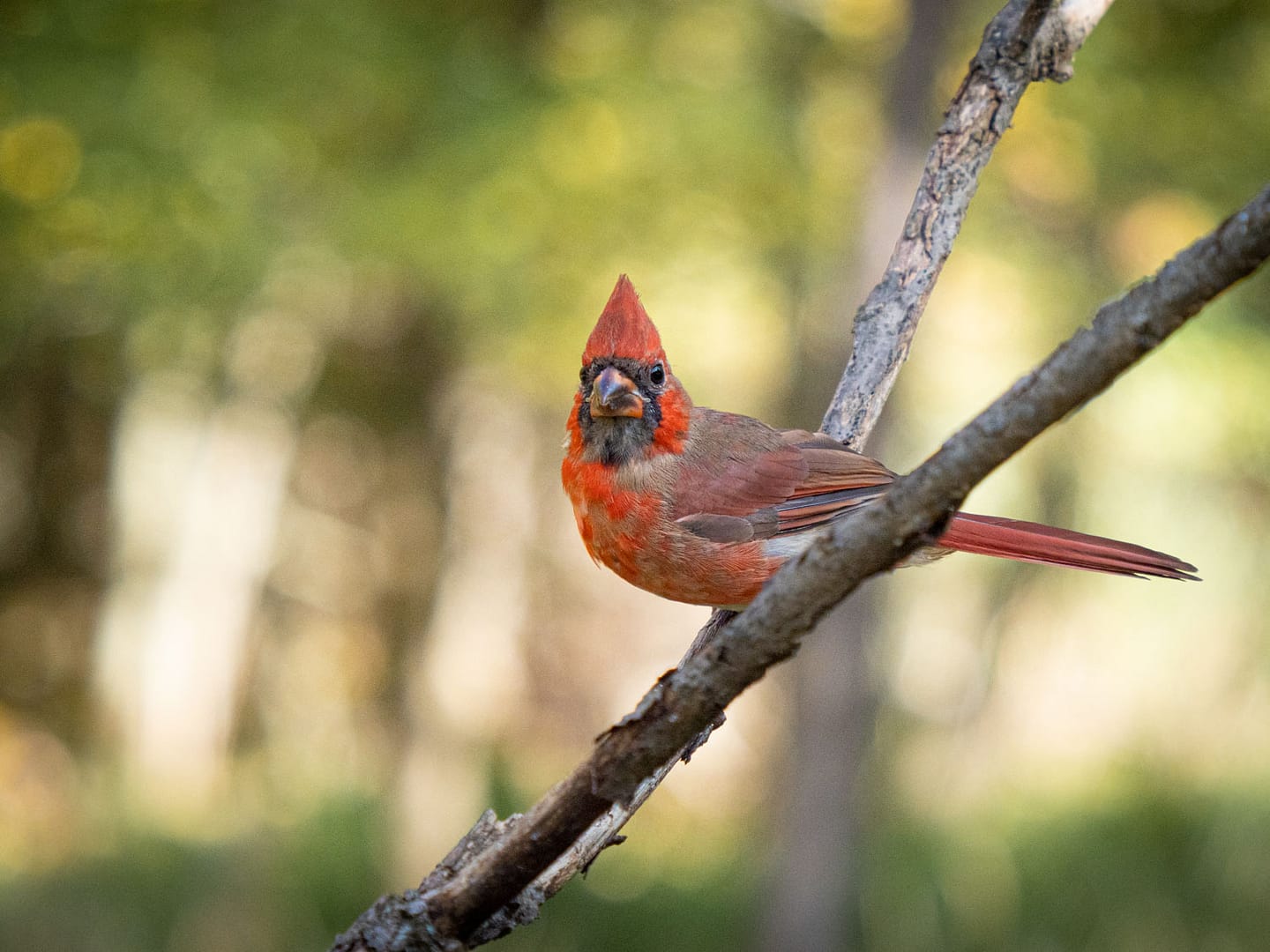Learning about birds can be an enriching and exciting experience. But because there are so many species of birds, it can also be a daunting or even seemingly unattainable project. So here are some tips that have helped me along the way in my discovery of our feathered friends.
1. Go on outings with birdwatching clubs
It goes without saying that to become familiar with birds, you need to get up close and personal. You can go birding on your own, of course, but I’d also encourage you to join birding club outings. These outings will allow you to meet other enthusiasts and benefit from the knowledge and expertise of the guides. Instead of the dozen or so species you might spot on your own, you’ll have the opportunity to observe an average of fifty bird species. What’s more, you’ll discover great places to return to and continue your observations at your leisure.
2. Attracting birds to your home
Admittedly, when you live in a city apartment, it’s not easy to attract birds to your home – especially if you have to comply with a landlord’s restriction on hanging feeders, or if you want to avoid soiling the lower balconies. As you’ll discover, birds aren’t very tidy eaters.
But if you have a balcony, you can still attract birds by hanging flowers, placing a small tray of seeds on a table or, if you’re allowed, attaching a feeder with a seed catcher to the window. A tip for the seed tray? Try safflower seeds. Most gray squirrels won’t touch them because of their bitter taste. But they won’t deter black squirrels, who’ll be happy to make a daily break at your tray.
If you have a garden, the possibilities are numerous. At the time of writing, I’m renting a townhouse with a small garden surrounded by cedars and mostly covered by a wooden deck. So I’m not in the country, and I don’t own a large plot of land. But with a nesting box, a watering trough and a few perches and feeders – a tube feeder, a tray feeder, a suet grid and a hummingbird feeder -I manage to attract song sparrows, white-throated sparrows, cardinals, goldfinches, blue jays, house finches, juncos and ruby-throated hummingbirds.
Beware! Attracting birds with seed can quickly become costly and time-consuming, as you have to fill and keep the feeders clean. Nor should you underestimate the appetites of other visitors: squirrels, chipmunks and raccoons, for example. So it’s best to start small.
3. Get binoculars
Whether for your outings or to place on the windowsill overlooking your feeders or flowers, binoculars are handy for identifying the smallest details of birds without disturbing them.
I love taking photos of birds, but when I’m out birding in a group, I only bring my binoculars. That way, I can really focus on identifying birds rather than taking photos. Binoculars are available for different budgets, from $100 to $1,500.
4. Browse bird identification books
Alongside my binoculars are two bird identification books: one in English and one in French. On group outings organized in either language, I find it useful to know the names of birds in both English and French.
What’s more, I prefer books that use photos rather than illustrations, as the images are closer to reality, but to each his own! The important thing is that these books allow you to learn more about the birds you see, and to identify the ones you don’t know.
5. Listen to the Little Book Of collection by Andrea Pinnington and Caz Buckingham
I bought my son the Little Book Of audiobook collection when he was about 1 years old. A few months later, he could already identify all the birds in the books just by listening to their songs. It was quite cute to hear him say “troglodyte” (it’s the French word for wren). Children have this ability to discriminate sounds that adults lose over time. So it took a little longer for me, but thanks to listening to these audiobooks with my son every day, I also became familiar with several birds and their songs.
Unfortunately, these books are not on sale in our bookshops, but you can find them on Amazon.
- The Little Book of Backyard Bird Songs
- The Little Book of Woodland Bird Songs
- The Little Book of Wetland Bird Sounds
6. Launch the Merlin Bird ID application
If you’d like to take your bird song and call identification a step further, the Merlin Bird ID app is brilliant. Hear an unfamiliar bird call? Just start recording (Sound ID) and the app will tell you which bird it is. A sort of Shazam for birds! It’s quite impressive to launch the app during the dawn chorus. That’s how, for example, I learned that a song I didn’t know was in fact another of the many chickadee songs. Or (surprise!) that there are Killdeer near where I live.
7. Attend a birding conference
I’ve never yet attended a birding conference, either in person or online, but I’ve often watched videos of birders or bird photographers on YouTube. Listening to experts will obviously push your knowledge even further. But be careful not to spend too many hours there: while you’re sitting in front of your screen, the birds are still putting on a show for anyone who takes the time to notice them!
So don’t hesitate, embark on this birding adventure and discover the wonderful world of the birds that surround us.

